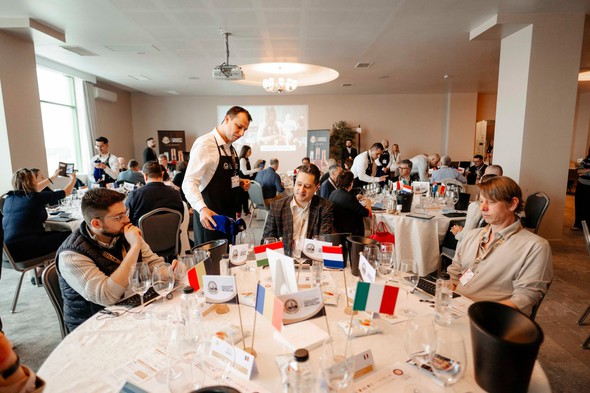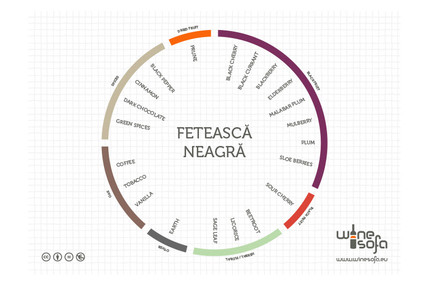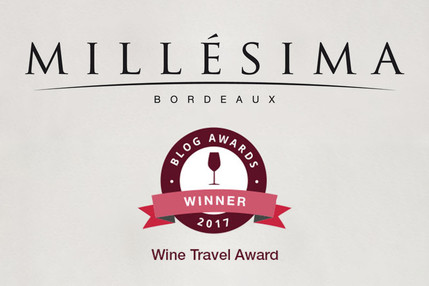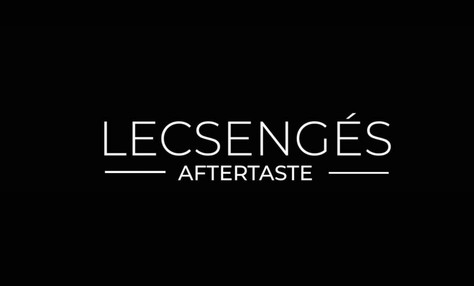Photos: Geo Curnic
First the bare facts. This year more than ever before, 1 250 samples were entered for the Concours Mondial de Bruxelles rosé competition, held in Constanta, Romania. I myself was there (no Hungarian samples were on my jury) and I can safely say that we were very strict, for example, if a wine did not meet the number one criterion for rosé, namely to have colour, it could not even get silver in our table, and so many producers from Provence bled to death with their water-coloured (!) wines.

Jury members
It's no surprise that Romanian wines came out on top, the host country always excels in the entries, which is why I calculate that 52 Romanian medals were awarded, 4.16% of the total. I often hear that the CMB, after having left Vinofed 20 years ago, is not so strict any more, only those who do not enter do not get a medal. I refute this year after year, they still seem to more or less stick to the OIV rules, meaning that only 32.4% of the wines entered received any medals. This breaks down as follows: grand gold 1.28%, gold 11.84%, silver 19.28%.
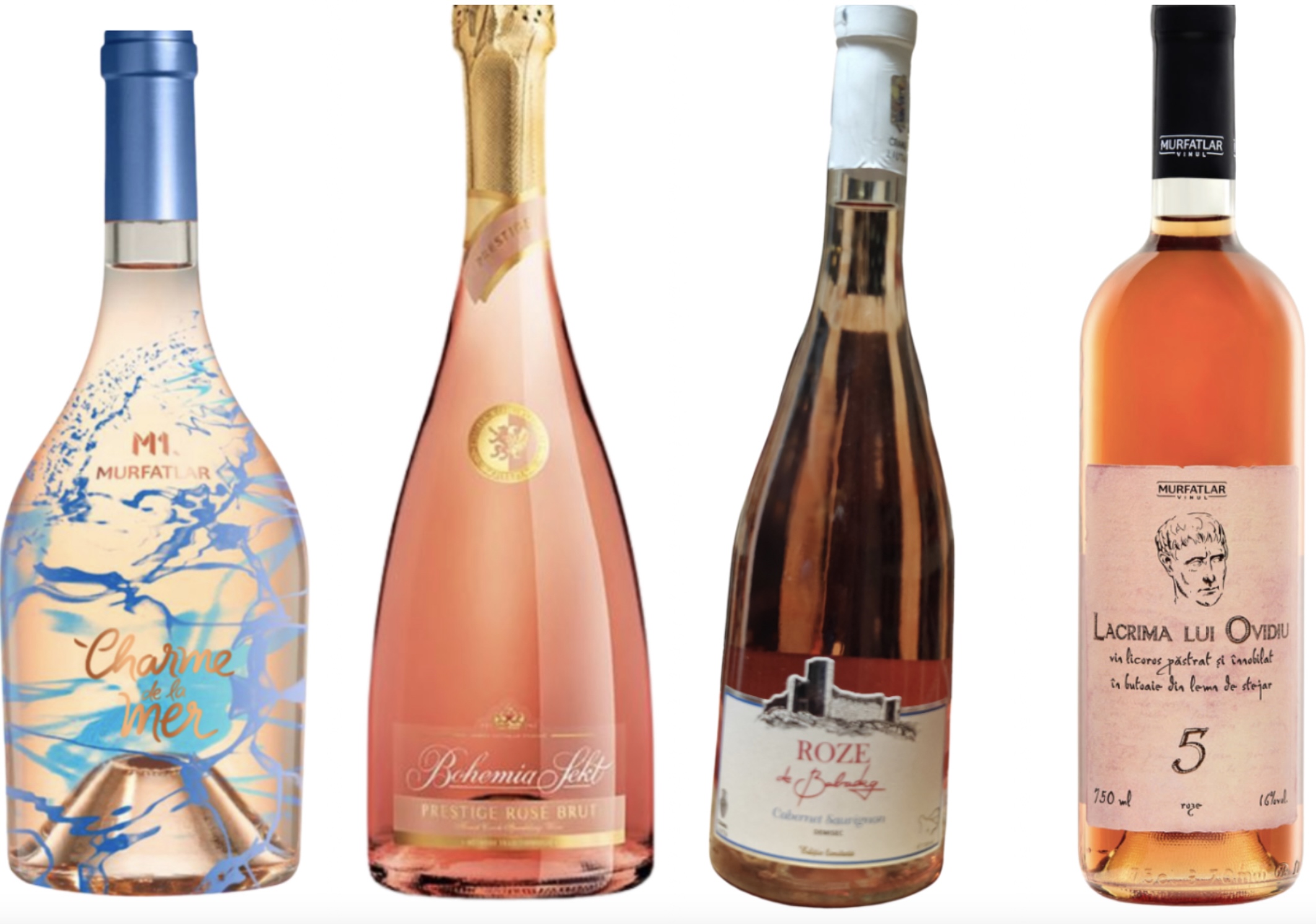
The four grand golds from Eastern Europe
As far as Eastern Europe is concerned, besides the Romanians (3 grand gold, 20 gold, 29 silver), the Czechs (1 grand gold, 2 gold), the Bulgarians (3 gold, 5 silver), the Moldovans (2 gold, 4 silver), the Croats (1 gold, 2 silver), the Austrians (2 gold, 2 silver), the Slovaks (1 silver) and the Ukrainians (1 silver) won medals from the region.

Photos from the competition
I have been saying for a long time that it would be enough to coordinate the entries in Hungary and to enter at least 13-15 samples for each important competition (this varies from producer to producer, wine region to wine region, of course, which is why coordination is important) (obviously more for the big white-red competitions, where 13-15 samples per variety could be achieved), because then they would certainly be evaluated by one committee and knowing the psychology of wine competitions, the number of medal-winning wines would increase by leaps and bounds towards the end of the line (if the line is consistent). That's simply how it works. If, on the other hand, the styles are very different, i.e. a potentially medal-winning Hungarian rosé is followed by a dark Mexican or a semi-dry Romanian because of the low number of entries, it will immediately score only 84-85 points, which in the end means no medals. It would be vital that someone pulls together the entries and promotes the big wine competitions, because anyone who is not visible there has missed a window of opportunity in wine marketing...



